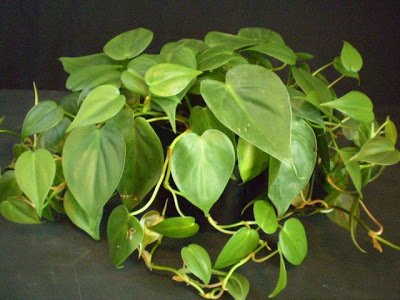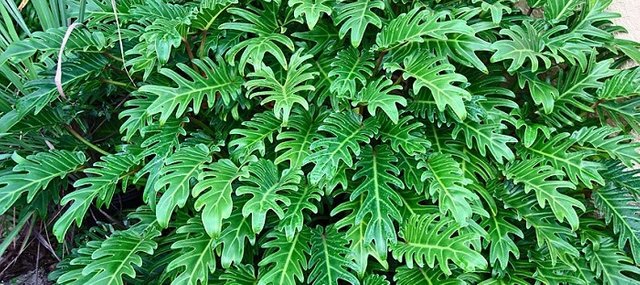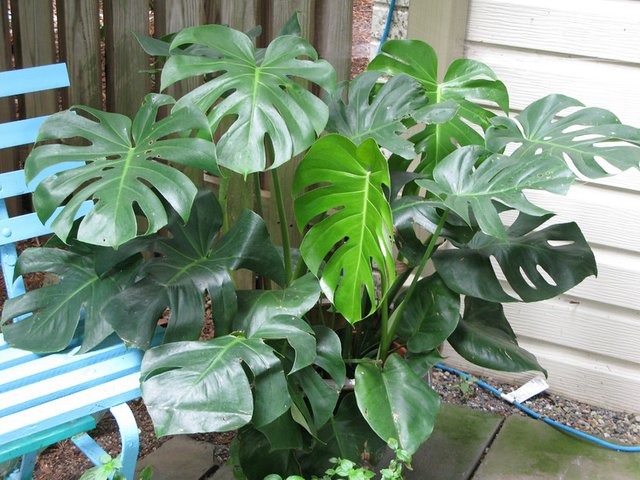RE: The Leafy Luxury of Philodendrons.
COLOURS AND SHAPES
The first thing you notice about Philodendron are the large leaves, which can be oval, pointed or heart-shaped, but can also have deep incisions or eye-catching veins. They’re usually green, but there are also Philodendrons with creamy green and cerise leaves. The leaves are often relatively thick and leathery, as a result of which they evaporate hardly any moisture. Philodendron therefore needs surprisingly little water, which makes it an easy companion. In terms of size, the various species range from a modest 40 cm tall to XXL plants.
ORIGIN
Philodendron is a member of the Araceae (Arum) family and originates from the Caribbean, Colombia and Venezuela, but also grows in Asia nowadays. Hundreds of species are known, of which around ten have been promoted to houseplant status. The plant was first described in 1644, and was given its name in 1829. That name derives from Greek: 'philo' means ‘love’ or ‘affection’ and 'dendron' is 'tree'. Freely translated it means ‘tea hugger’, because Philodendron is a real climber that loves to ‘embrace’ trees.
SYMBOLISM
The plant symbolises health and abundance. It also serves as a green muse for artists. Pablo Picasso used Philodendron in his sculpture 'Woman in the Garden', in which the leaves can be seen with the nymph Daphne. Modern artists also like to draw on on the plant’s lively abstract shapes, such as in Mimi Little’s 'Philodendron' and Peggy Eyth’s 'Tree With Split Leaf Philodendron.'





magoo-2 found a series of multi accounts of a same owner is following your articles to cheat your generous rewards.
magoo-2 found these accounts are suspicious & can be multi accounts of a single owner. Conclusion is based on last 1 year transactions:
@saikr
@christian.danny
@aaeesha
@sarah.taylor
magoo-2
Check our latest multi comment spam update report